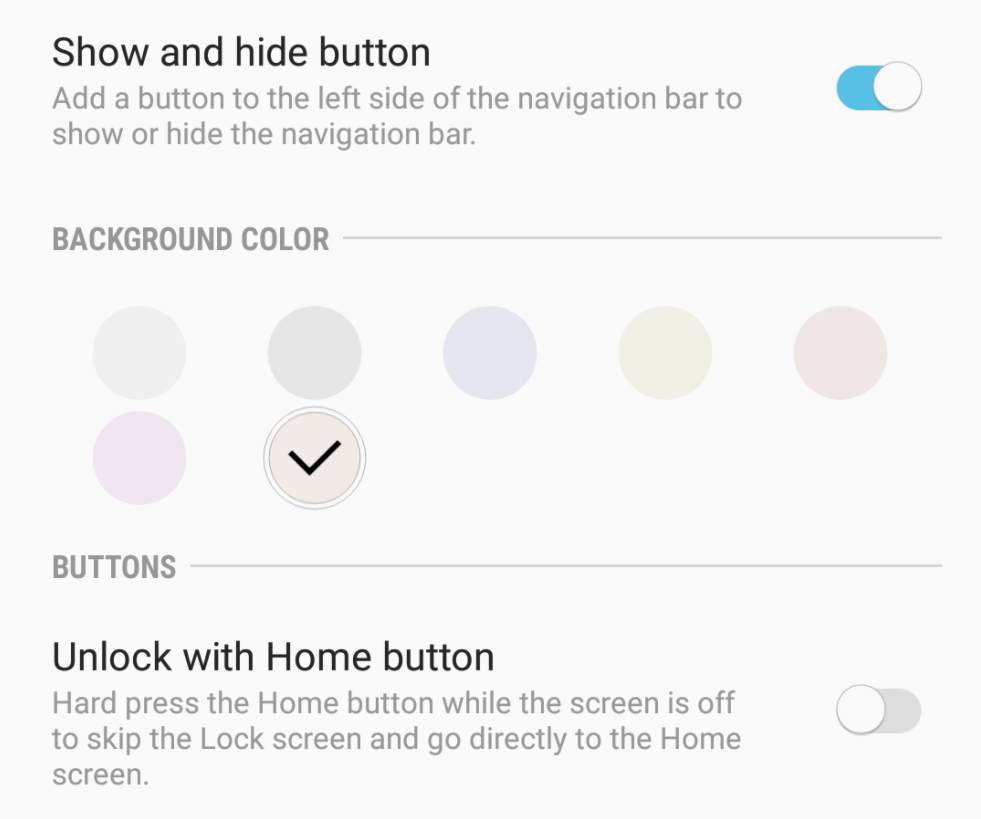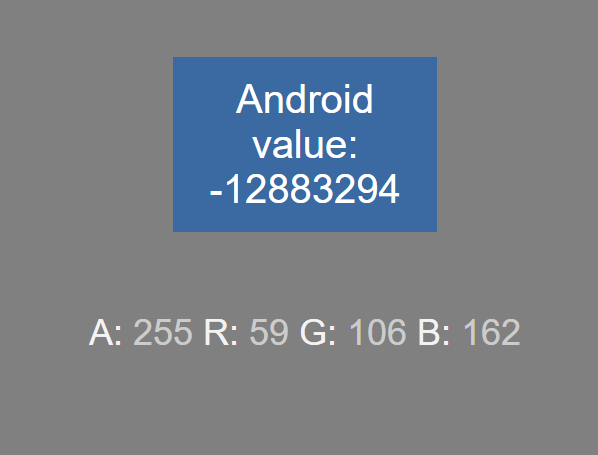The Samsung Galaxy S8, Galaxy S8+, and Galaxy Note 8 are the first flagship smartphones from Samsung that ditch their traditional capacitive buttons in favor of software navigation keys. Besides allowing us to customize the layout of the keys, we can also change the navigation bar color as well. Among a selection of standard colors that we had to choose from, Samsung had also included a color wheel option so they could pick whatever color they wanted. However, the company removed this color wheel option in June's OTA update, but thanks to an ADB command we can still manually change the Galaxy S8, Galaxy S8+, or Galaxy Note 8 navigation bar color.
For example, if you want to set a persistently black navigation bar color, now you can! The guide below walks you through how to change the color via an ADB command through a PC.
Tutorial - Change Galaxy S8, S8+, or Note 8 Navigation Bar Color
- Follow this tutorial in order to set up ADB on your Windows, Mac, or Linux PC.
-
Open up a Command Prompt or Terminal window and execute the following command in the command prompt or terminal window:
adb shell - Now we're in the ADB shell environment of our Samsung Galaxy S8, Galaxy S8+, or Galaxy Note 8. We'll next need to get the color code for the navigation bar color that we want to set.
-
You can go to this website here, and use the color picker shown at the bottom of the page.
-
After you pick a color, copy the entire Android Value number shown in the box (include the - minus symbol if it's there)
-
Turn your attention back to the command prompt or terminal window and execute the following two commands:
settings put global navigationbar_color <insert Android color value>
settings put global navigationbar_current_color <insert Android color value> - Then restart your Samsung Galaxy S8/S8+/Note 8.
- You should see the new color in applications that don't change the navigation bar to a specific color.
Explanation
Since Samsung hasn't come out and given us a reason why they removed the color wheel from the Samsung Galaxy S8/S8+/Note 8 navigation bar color options, we aren't quite sure exactly why the company did this. It's possible that Samsung simply doesn't want people using strange colors as it can clash with the rest of the OS. Then again, there may have been some issue with how Samsung implemented this feature that is causing some issue with other parts of the platform.
Either way, the feature is still there under the hood of Samsung's OEM skin, and thankfully we're able to access it with some simple ADB commands. XDA Member haksancan first pointed this out in our Galaxy S8 forum and did a lot of work explaining where this feature is hidden and even how to calculate a specific color. Fortunately, it looks like this feature still works on the newly released Galaxy Note 8 as well.
The value format we're using here is an RGB hex color code converted to signed decimal. There are ways to manually calculate the color value, but we'll just be using the color wheel linked in Step 15 of the guide above.
It's these values that would have been changed when manually selecting a color from the Settings menu, but instead we're just injecting them into the software with an ADB shell command. If you ever want to revert back to a traditional color, you can simply go into Settings -> Display -> Navigation Bar and then choose one of the standard colors that Samsung has made available. Remember, we're just manually injecting a color code with these commands, so you can easily revert this change by selecting a different color here.
There are a few caveats with this method though, and they applied to Samsung's solution as well. For example, some applications manually change the color of the navigation bar on its own. This cannot be overwritten with this method so those applications will have control of the Galaxy S8, S8+, or Note 8 navigation bar color themselves. A fully transparent navigation bar is not possible except for a few applications (such as the gallery or the overview page).
This is because applications do not generally draw under the navigation bar itself. So setting it to be transparent will just show a blank space since the application isn't drawing itself under it. And lastly, setting it as fully transparent true black shows up as opaque white in most applications. The workaround here is to use colors which are almost black colors instead of true black.





